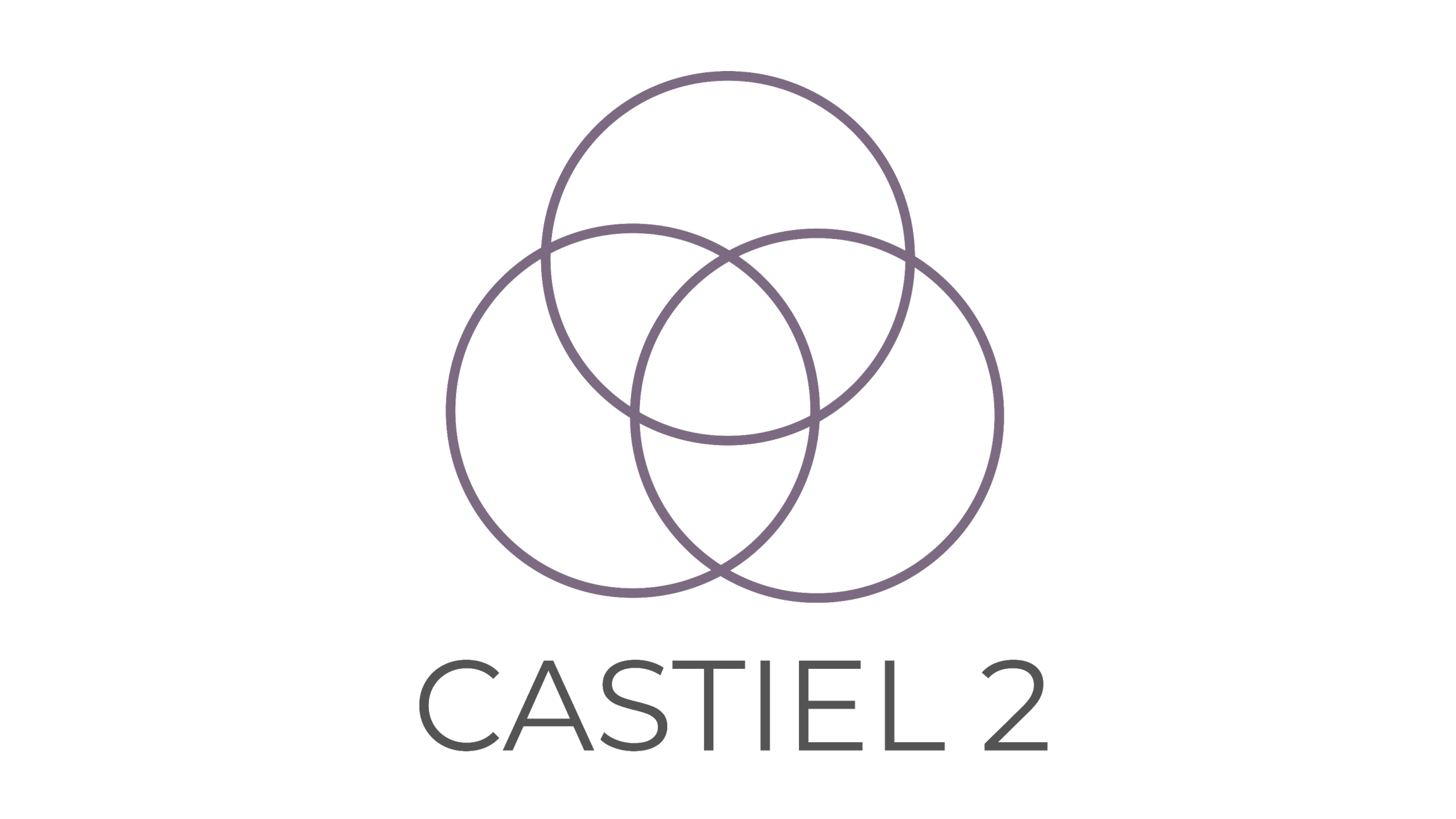Projects
The COLMENA project addresses data processing challenges in the IoT landscape, where data collection predominantly occurs on IoT devices, but about 80% of processing occurs in centralized data centres. This approach leads to communication delays, high energy consumption, and underutilization of device resources. COLMENA seeks to transform this...
Understanding, predicting, and discovering the properties and performance of materials is key to delivering the technologies that power our economy and allow for the sustainable development of our society. For this reason, materials simulations have become one ofthe most intensive and fast growing domains for high-performance computing worldwide, with a recognized European...
ChEESE-2P is the second phase of a successful research project that was coordinated by the Barcelona Supercomputing Center until 2022. It aims to address the multiple challenges posed by geohazards and accurate predictions with the help of exascale computers. The project primarily addresses European institutions responsible for operational monitoring networks but also at hardware...
EUropean Federation for CAncer IMages (EUCAIM) joins 79 partners to deploy a pan-European digital federated infrastructure of FAIR cancer-related de-identified images from Real-World. The infrastructure is designed to preserve the data sovereignty of providers and provide a platform, including an Atlas of Cancer Images, for the development and benchmarking of AI tools towards...
CASTIEL 2 will continue the mission of the CASTIEL H2020 project to coordinate and support the National Competence Centre initiative and in addition will now coordinate and support the Centres of Excellence in HPC. The activities of CASTIEL 2 will coordinate and support the NCC and CoE activities at the European level, and foster collaborations between NCCs and CoEs (and...
Understanding, predicting, and discovering the properties and performance of materials is key to delivering the technologies that power our economy and allow for the sustainable development of our society. For this reason, materials simulations have become one of the most intensive and fast-growing domains for high-performance computing worldwide, with a recognized European...
Life Science is becoming increasingly dependnt on data-driven and HPC research. BioTeam/Hyperion's 2022 estimates show that 95% of Life Science projects are dependent on HPC. The rapid response to Covid-19 showed how an EU collaboration between pharma industry, Life Science researchers and supercomputing centres resulted in several newly identified hits now undergoing...
The MultiXscale Centre of Excellence will increase performance, productivity and portability (the Three P's) across the entire spectrum of scientists active in the domain of multiscale simulation. It couples the scientific expertise of the CECAM network, represented by leading experts in multiscale simulations from different European institutions, with the technical expertise...
As of today, 80% of the data processing and analysis occurs in cloud data centers, and only 20% of processing occurs at the edge. This incipient exploitation of edge resources increases time to value and prevents business processes, decisions, and intelligence from being taken outside of the data center, which prevents Europe from unlocking an entire set of new opportunities...
Building on the EPI and EUPilot project outcomes, RISER will develop the first all-European RISC-V cloud server infrastructure, significantly enhancing Europe's genuine strategic autonomy. RISER will leverage and validate open hardware high-speed interfaces combined with a fully-featured operating system environment and runtime system, enabling the integration of low-power...





